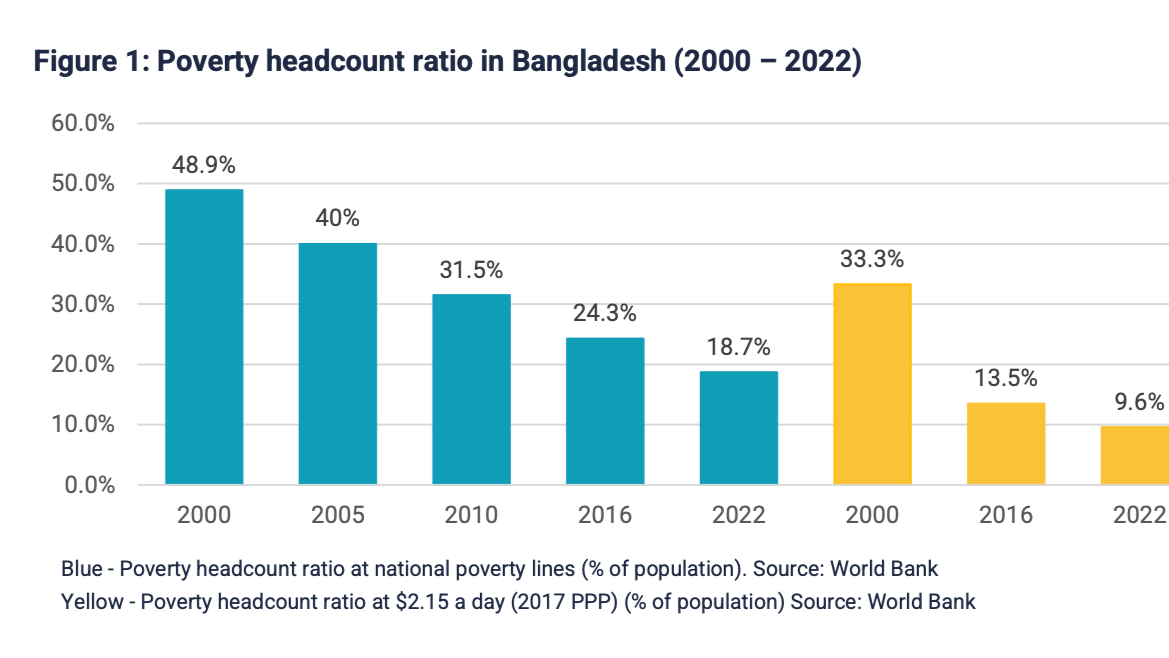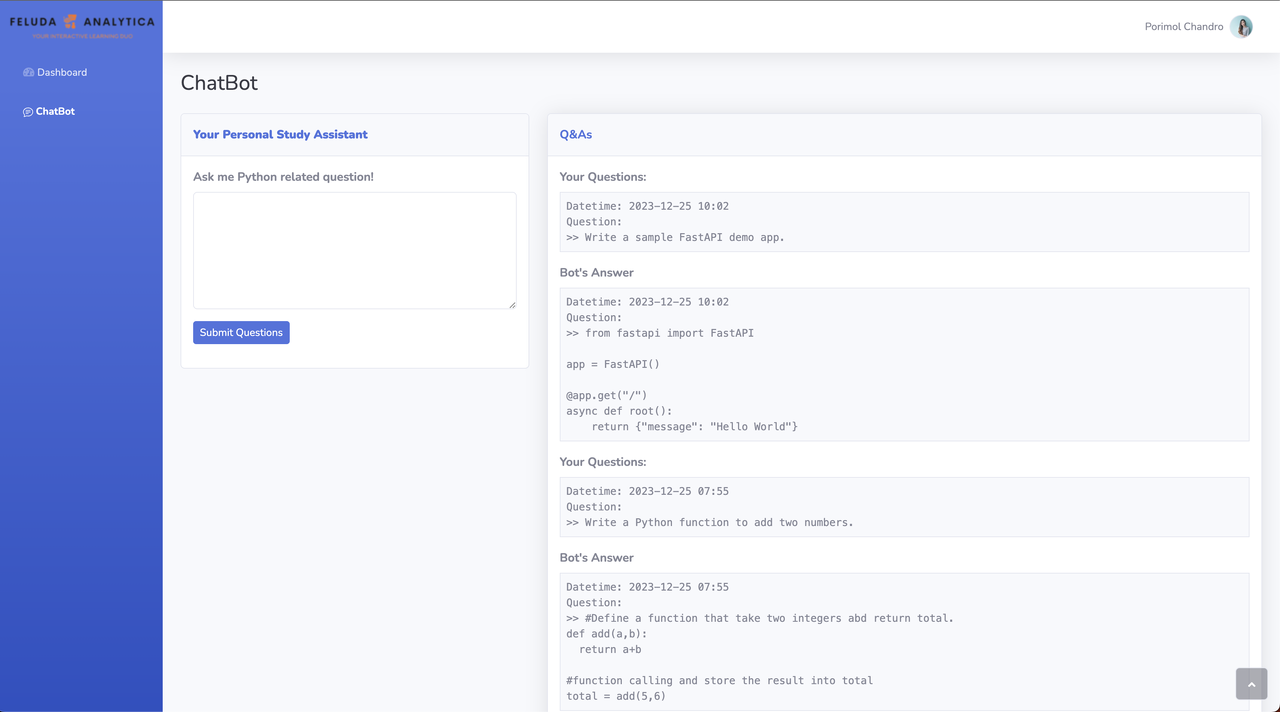Overcoming Data Discrepancies: A Path to Accurate Economic Insights for Bangladesh
Published:

Data Driven Policies to Decrease Poverty.
The Bangladesh interim government formed a White Paper Bangladesh 2024 Committee to get a clearer picture of our economy. There is no way to doubt the competency of the members of the committee. All the committee members have a great track record in terms of Sustainable Development Goals (SDG), precisely in the context of the Bangladesh economy such as the energy sector, mega projects of infrastructure, ICT sectors, education sector, health sector, reducing poverty and so on.
The major challenge the team might face during the research is all about data discrepancy that means unreliable data [1, 2, 3].
It’s not like the Bangladesh Bureau of Statistics (BBS) didn’t collect data! Actually they did and ran several successful surveys to collect data but later on they hid the real stats of data and published a completely trash report not only for the citizens of Bangladesh but also for the whole world!
The regime of Hasina (the former prime minister of Bangladesh), dictated 15 years 7 months and 7 days and her government instructed the BBS to change those data and make reports to fool people! This is how she survived and looted till 5th of August 2024!
During the Students’ Protest she killed more than 650 innocents [4] (including childs). On the 5th August 2024 she resigned and fled to India [5] due to the protest led by students.
Her government initiated most of the unnecessary mega projects and took around 100 billions of external loans [6, 7, 8].
So the most important question are:
- How can we decrease poverty level based on data?
- Do we have enough and reliable data to analyze and make the policies accordingly?
I think there is no need to explain the 1st question as we already have a great committee who knows better the answer of “How”!
In my opinion the major concern might be about the data inconsistency and to answer the 2nd question, we should not only rely on Household Income and Expenditure Survey (HIES) [9, 10] and potentially adopt Satellite Images precisely Night Time Lights (NLT), telecom data and then use Machine Learning (ML) to reduce data inconsistency.
There are mainly two reasons why it wouldn’t be the ideal case to consider only HIES data.
- Every 5 years HEIS is undertaken to collect data which is not up to date for the present economic situation.
- During the regime of Hasina every survey data was misleading and wrongly published!
To make a better policy to reduce poverty, potentially data inconsistency needs to be mitigated. To reduce data discrepancy, potentially NLT and Telecom data could be used. However, without doing a survey it’s quite difficult to come to a better conclusion.
NLT and Telecom data could be utilized to infer infrastructure development and then later combined with HIES data. Once the aggregation and combination is done, ML models could be used to predict the poverty levels [11].
Disclaimer: This is just a theoretical recommendation based on my findings. To design and experiment to reduce the data discrepancy it needs to perform an experiment.
Reference:
Center for Policy Dialogue. (n.d.). How a flawed data ecosystem can distort economic reality. CPD Bangladesh. Retrieved from https://cpd.org.bd/how-a-flawed-data-ecosystem-can-distort-economic-reality/
The Daily Star. (2023, September 4). BB finds six types of wrongdoing in export data. The Daily Star. Retrieved from https://www.thedailystar.net/business/economy/news/bb-finds-six-types-wrongdoing-export-data-3649826
Asia Nikkei. (2023, September 4). Bangladeshi mismatch in export data cements doubts on official stats. Nikkei Asia. Retrieved from https://asia.nikkei.com/Economy/Bangladeshi-mismatch-in-export-data-cements-doubts-on-official-stats
Shohid.info. (n.d.). Shohid - Liberation War of Bangladesh. Retrieved from https://shohid.info/?lang=en
The Guardian. (2024, August 5). Why Bangladesh Prime Minister Sheikh Hasina resigned. The Guardian. Retrieved from https://www.theguardian.com/world/article/2024/aug/05/why-bangladesh-prime-minister-sheikh-hasina-resigned
CEIC. (n.d.). Bangladesh External Debt. CEIC Data. Retrieved from https://www.ceicdata.com/en/indicator/bangladesh/external-debt
Bangladesh Bank. (n.d.). Debt Servicing Data. Bangladesh Bank. Retrieved from https://www.bb.org.bd/en/index.php/econdata/debtserv
The Daily Star. (2023, August 2). Bangladesh govt’s debt servicing for foreign loan soars. The Daily Star. Retrieved from https://www.thedailystar.net/business/news/bangladesh-govts-debt-servicing-foreign-loan-soars-3592671
Flores, I. L. M. (2024). Poverty dynamics in Bangladesh.
United Nations Statistics Division. (n.d.). Bangladesh: Using satellite imagery for poverty estimation. United Nations. Retrieved from https://unstats.un.org/UNSDWebsite/capacity-development/data-for-now/story-details/bangladesh-use-satellite-image-poverty-estimation
Sustainable Development Goals, Bangladesh. (n.d.). Thematic area: Goal 24 - Affordable and Clean Energy. Retrieved from https://sdg.gov.bd/themantic_area/24/9#1

